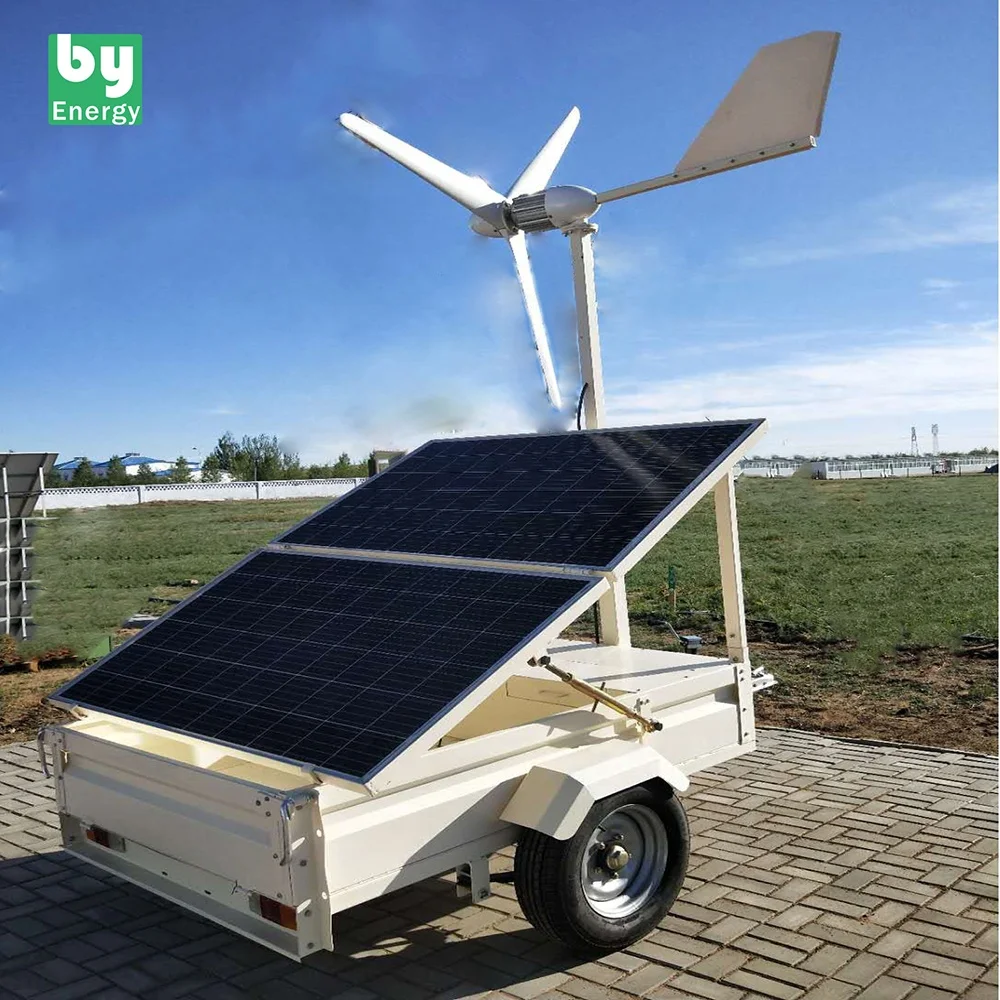
The design and geometry of the blades have a direct impact on performance since it determines how much kinetic energy from the wind is converted into mechanical energy. The blades of a wind turbine are one of the most crucial factors in determining the turbine’s efficiency. Considering all these losses, a turbine’s average efficiency is roughly 45 percent. External factors such as wind speed and direction shift, as well as turbine blade design considerations, cause a significant amount of energy to be wasted throughout the conversion process. This paper deals with the hybrid power generation by using VAWT turbine and solar tracking.Ī wind turbine is a device that converts wind energy to electrical energy. In this we are used savonius type vertical axis turbine produce higher torque and have lower cut in speed. The vertical axis turbine has much better self-starting characters and better conversion efficiency at lower flaw speed. That why we have used the VAWT with solar tracking hybrid power generation. The VAWT (Vertical Axis Wind Turbine) can tap wind energy from any direction and VAWT are more profitable in nature. The objectives of this paper is "Hybrid power generation by using solar cell /solar energy and wind mill energy, with the help of solar tracking and vertical axis wind turbine".

The combination of this hybrid system will be beneficial in future aspects. The wind mill is capable to extracted energy in day and night time while the solar PV cell is capable to get power only during day time. The solar PV cells absorb the radiation of sun and converting it into the electrical power. Vertical axis turbine is capable of extracting power form wind regardless of the direction of flow. The power from wind current can be extracted using a vertical axis turbine/horizontal axis turbine. Solar, biomass, geothermal, hydroelectric and wind are the renewable which can produces a huge amount of power. Garrett acknowledges that all new technologies like vertical axis turbines face challenges, but he believes that the technology is now at a stage where the challenges of previous generations can be overcome.Renewable energy sources are seen as next generation source of energy for meeting rising energy demands and depleting fossil fuels. If a customer sells energy back to the grid, the payback time for the turbine would be around 9 years. Garrett told Springwise that a ballpark figure for the manufacture and installation of the AuraGen is around £7,000 (around €8,250). One of the benefits of the AuraGen design is its low cost of installation. Website: /programme/young-innovators/Ī key consideration for any home energy system is the cost.

#HOME WIND TURBINE VS SOLAR PORTABLE#
Springwise has also spotted a portable wind turbine weighing only 10 kilogrammes. Another designer has developed a wind turbine ‘wall’ that can be tailored to the aesthetic of each home. The AuraGen is not the only domestic wind power solution spotted by Springwise. Thanks to the AuraGen design, Garrett received recognition as a winner of this year’s UK Young Innovators Awards.

He told Springwise that his experiences working in the wind stuck with him and gave him the idea for a roof-mounted wind turbine. The idea for the AuraGen came to Garrett as a teenager when he worked on scaffolding and rooftops with his dad. This latter point means that the AuraGen could potentially be used to charge electric vehicles overnight. This increases stability, meaning that the turbine itself can be wider, leading to greater power generation.Ĭompared to solar panels, wind turbines have a much higher power density and can operate at night. This is an important benefit as, by using the height of the house, the design does not require a tall support structure. In fact, the shape of the roof enhances the turbine’s performance, acting like an aerofoil to increase the velocity of air going through the turbine.Ī frame is used to directly attach the turbine to the roof. The new turbine is omni-directional, which means it works no matter which way the wind is blowing, and the technology is tailored to work most effectively on pitched roofs. Moreover, the design is simple-reducing maintenance requirements-and offers good power performance. The AuraGen’s unique design aims to minimise a phenomenon called ‘dynamic stall’ where factors such as wind shear and turbulence place a heavy load on turbine blades – reducing their lifespan. To reverse this situation, UK engineer Joe Garrett has developed the AuraGen – a new vertical axis wind turbine designed to be mounted on homes and commercial buildings. But while solar panels on domestic homes are an increasingly common sight in urban and suburban areas, far fewer houses are installed with wind turbines. Spotted: For homeowners looking to power their house with renewable energy, wind power offers a more efficient and environmentally friendly alternative to solar panels.


 0 kommentar(er)
0 kommentar(er)
